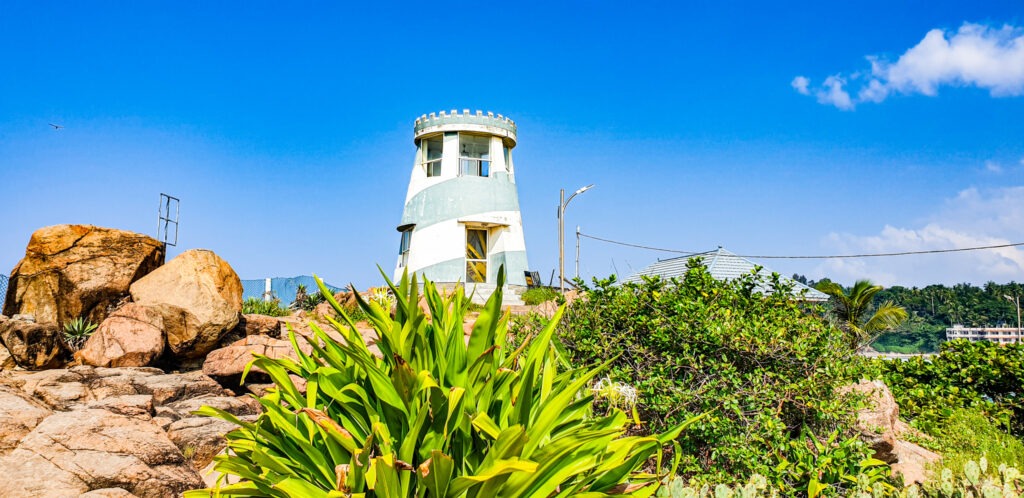India has a vast network of public transportation options, and taking the bus or train are the most affordable and eco-conscious ways of traveling within the country. In this article, How to get around in India as an eco-conscious tourist, I’ll provide you with a comprehensive guide on how to get around by bus, train, taxi or flights in India so that you can enjoy your travels while also being mindful of your carbon footprint.

Table of Contents
Bus
Traveling by bus in India offers an eco-friendly and affordable way of exploring this beautiful country. By following the tips below, you can ensure a smooth and enjoyable journey while also being conscious of your responsibilities as a passenger.
Types of buses
One of the most popular types of buses in India is the state-run buses, which are affordable and run on fixed routes. Private buses are another option, but they tend to be slightly more expensive. Luxury coaches are also an option and offer amenities like air conditioning, comfortable seating, and sometimes even meals during extended journeys. As a foreign tourist, you can also opt for tour buses that take you to different tourist destinations across the country.
Best way to book online buses is via 12Go or Redbus. They both offer bus services with private companies with luxury services. You can choose from several options, AC vs non-AC, seats vs sleeper etc. Another way is to book via a travel agent or your hotel. Be sure to check different operators and websites to compare prices and schedules. Private buses might offer more flexibility in terms of times and routes, but the state-run buses tend to be more reliable and punctual.
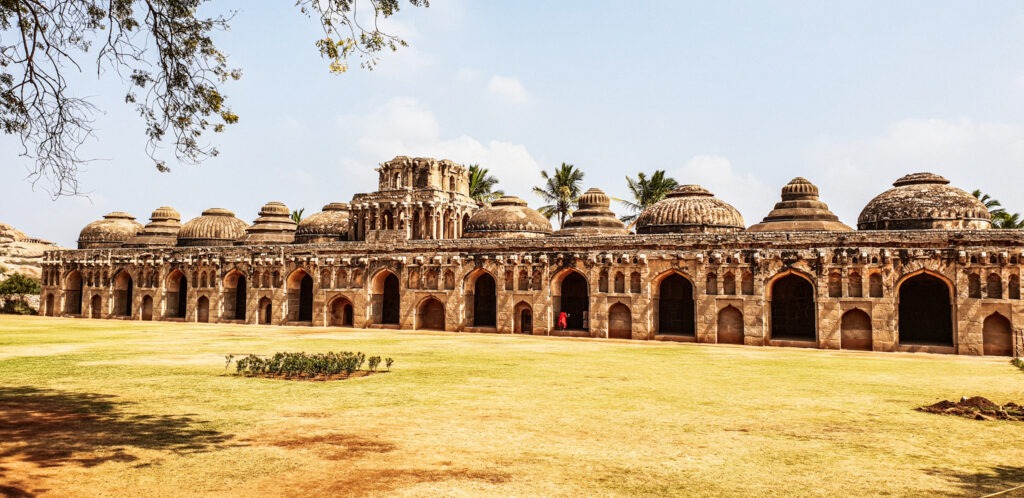
Preparing for your journey
It’s essential to arrive at the bus station at least 30 minutes before departure time to avoid any last-minute rush. Ensure that your luggage is secured properly in the storage area. Some buses don’t have restrooms, so prepare accordingly with water, snacks, and tissues for your journey. All buses make stops regularly to use the restrooms and buy food. Be sure to carry a valid ID as it may be required for verification purposes.
Etiquette and conduct
When traveling by bus in India, it’s essential to understand the etiquette and conduct expected from passengers. Don’t forget to use your “inside voice” and be respectful to fellow passengers. Buses tend to get overcrowded, so be prepared for that. The buses operated by private companies are never crowded, as they only sell the exact number of tickets that corresponds to the available seats. This ensures a comfortable and enjoyable experience for passengers, without any overcrowding issues. Refrain from eating or drinking anything that creates a mess or emits a strong smell. Lastly, it’s important to keep the bus and the environment clean. Littering is strictly prohibited, and you must dispose of your trash only in the designated areas.

Safety measures
India, like many countries, has some safety concerns to be aware of while traveling by bus. Only travel with reputable bus operators and avoid taking late-night journeys. Stay alert to your surroundings and keep your valuables safe. Lastly, always use your seat belt, if available!!
Train
India’s vast railway system is a marvel of engineering and an essential means of transportation for locals and tourists alike. Ecologically-minded travellers are increasingly interested in the train as an eco-friendly alternative to cars and planes. While navigating India’s railways can be overwhelming, with some preparation and knowledge, taking the train across the country can be done with relative ease.
Research your route
A great starting point is the Indian Railways website IRCTC which will provide you with detailed information on schedules, fares, and destinations. Make sure to book your tickets at least two months in advance since trains can get fully booked very quickly. Check for seasonal variations as well since monsoon season sees heavy rains and many routes may be disrupted. Doing some research on the regional climate can save you a lot of trouble.
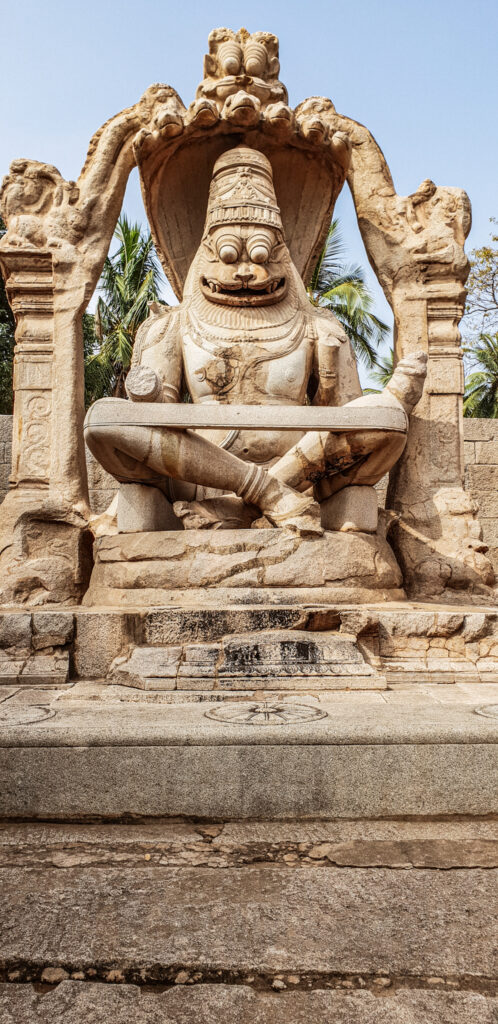
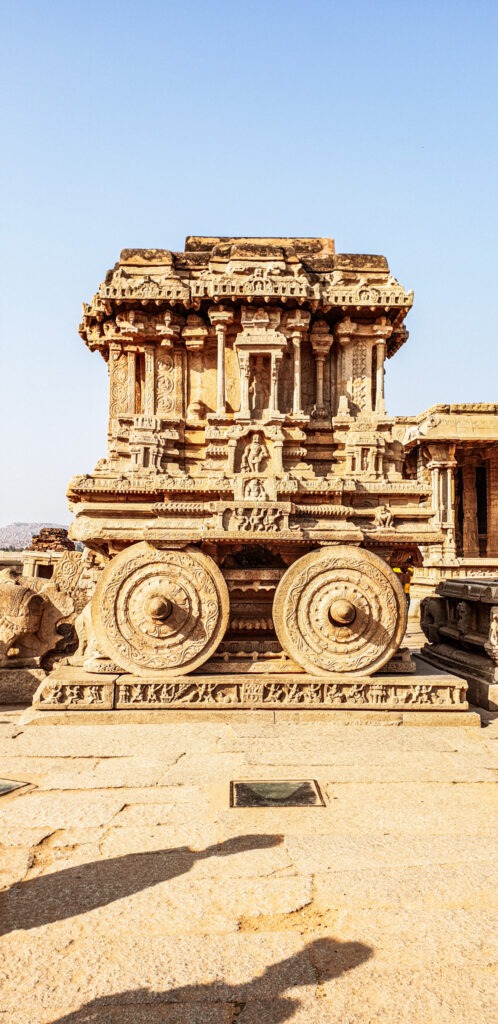
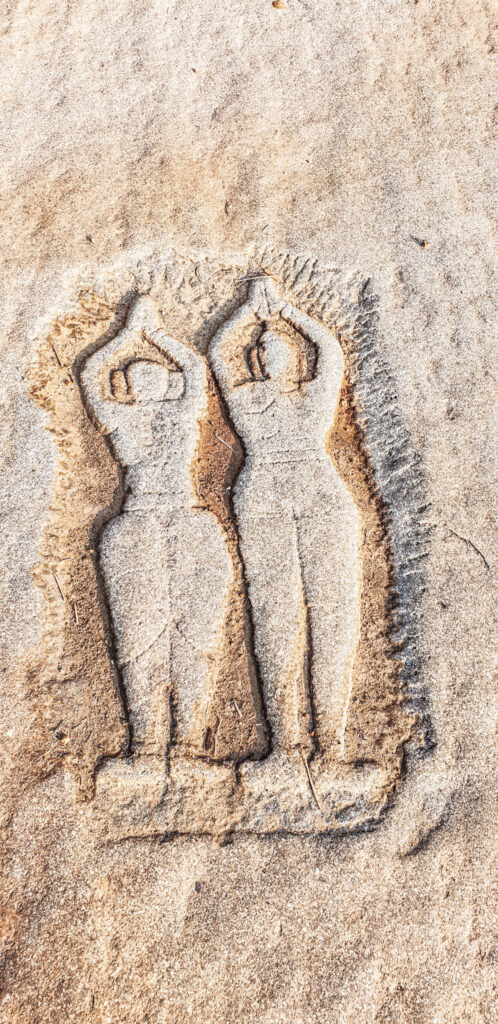
Know your class
Class-wise, India’s railway system is divided into several classes; unreserved 2nd sitting (general class), sleeper class, AC Executive Chair, 3rd Tier, 3AC Trier, 2AC Tier and 1AC Tier. General classes have no reserved seats, can be chaotic, and are not recommended for tourists. Sleeper classes have allocated berths for sleeping and are ideal for long journeys, while air-conditioned classes provide better amenities such as bedding, pillows, and food. Decide on the class that suits your budget and comfort level, and purchase accordingly. Learn more about the different classes by reading the article: How to book train tickets as foreigner in India.
Be prepared for your journey
India’s railways offer a unique sensory experience that’s not to be missed: the hustle and bustle of crowds, vendors selling hot chai and delicious snacks, and the ever-changing scenery passing outside the window. But don’t forget to bring the essentials like a neck pillow, a blanket, and snacks of your own. Download movies or music to keep yourself entertained, and make sure to bring a power bank in case your phone runs out of juice. It’s also advisable to bring a lock to ensure your belongings are safe.
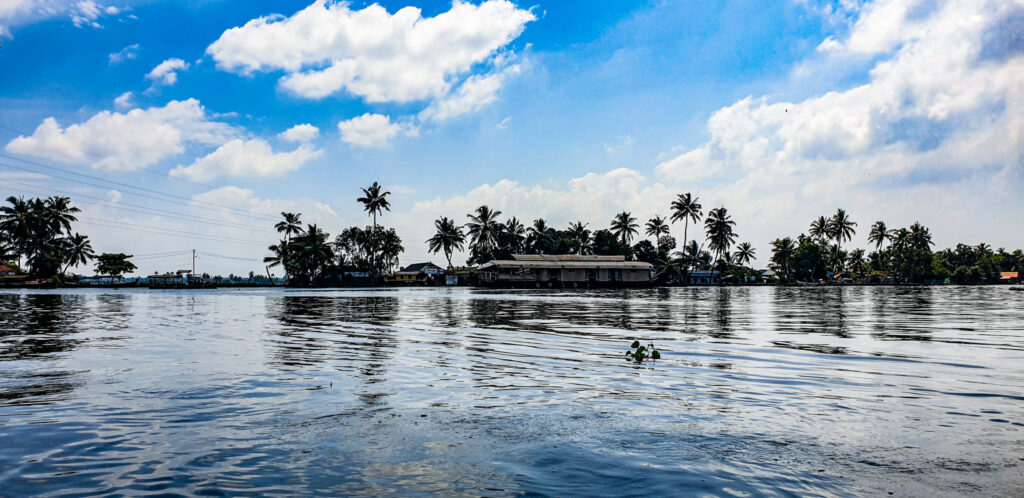
Mind your waste
India is a beautiful country with a rich cultural heritage, and it’s also one of the fastest-growing economies in the world. However, with this growth comes the problem of pollution and waste. Discarding waste irresponsibly can be hazardous for the environment and human health. Always try to reduce your plastic waste and carry a reusable water bottle wherever you go. Dispose of any rubbish you generate in the train’s dustbin or request a separate trash bag from the train staff. By travelling sustainably, you can contribute to preserving India’s unique cultural and natural heritage for future generations.
Be respectful of the culture
India’s railway system functions as a microcosm of the country, with a diverse mix of people and cultures sharing the same space. As a foreign traveller, it’s essential to respect the diversity of the country and the people you encounter. Dress modestly, avoid public displays of affection, and refrain from speaking too loudly or disturbing your fellow passengers. Learning a few basic phrases in the regional language may go a long way in building connections and communicating with people.
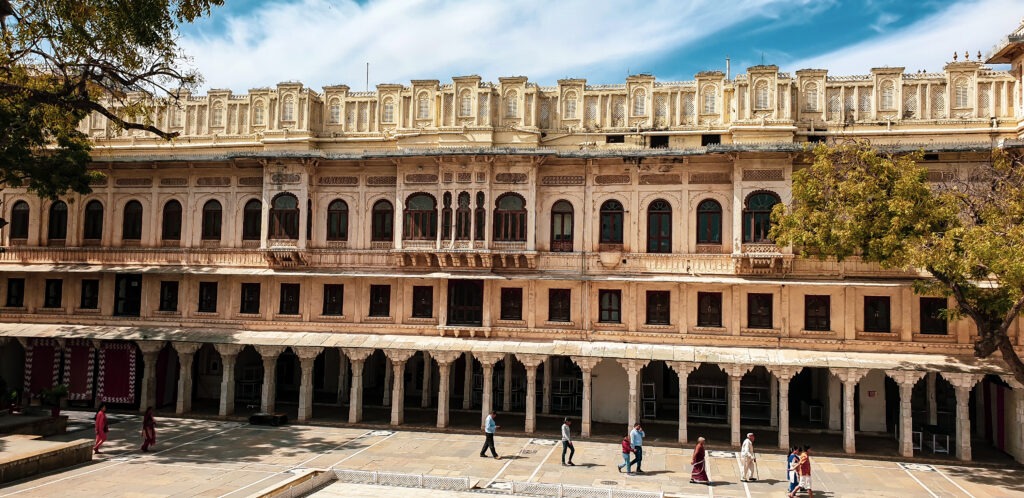
How to book train tickets as foreigner in India?
Booking tickets as a foreigner can present a considerable challenge. When I mention to someone that this article is one of my most popular articles, I am often met with puzzled expressions. Understandably so, as it is difficult to explain the process to someone who has never experienced it firsthand in India. However, let me assure you that while booking train tickets as a foreigner in India may not be straightforward, it is certainly not impossible. Through this article; How to book train tickets as foreigner in India, I will guide you in creating an IRCTC account and provide insights on successfully booking train tickets as a foreigner in India.
Taxi
Opt for electric taxis
Electric taxis are a great option for eco-conscious travellers in India. Not only are they emission-free, but they’re also usually cleaner and quieter inside than traditional petrol-fuelled taxis. Look for the company BluSmart, whose fleets consist entirely of electric vehicles. This company is currently only available in select cities, but the trend is growing. If an electric option isn’t available, look for a taxi with an up-to-date emission test certificate.
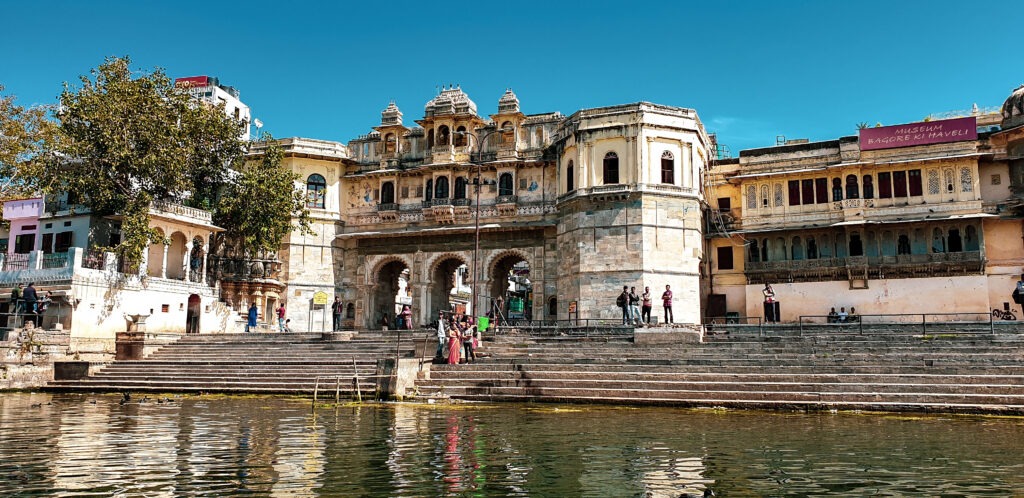
Share a ride
Sharing a taxi is an excellent way to reduce your carbon footprint while travelling. If you’re travelling with others, share a taxi whenever possible. Many taxis in India are geared towards ride-sharing, and you can often split the cost of the journey. Alternatively, you can use rideshare services like UberPOOL or Ola Share to find others heading in the same direction.
Watch your speed
Many taxi drivers in India have a lead foot, and some may drive recklessly in traffic. Not only is this alarming, but it’s also more environmentally damaging. Not only does reckless driving lead to inefficient fuel consumption, but it also leads to excess emissions and particulate matter. Politely ask your driver to drive safely or suggest that they take the most direct route to your destination to avoid unnecessary risk.
Choose local taxis
While ride-sharing services are popular in India, it’s worth considering using local taxi services. Many local taxis are equivalent in cost to ride-sharing services and are often more sustainable. Look for local taxi services that use electric or hybrid vehicles and use them to get around when you’re in town.
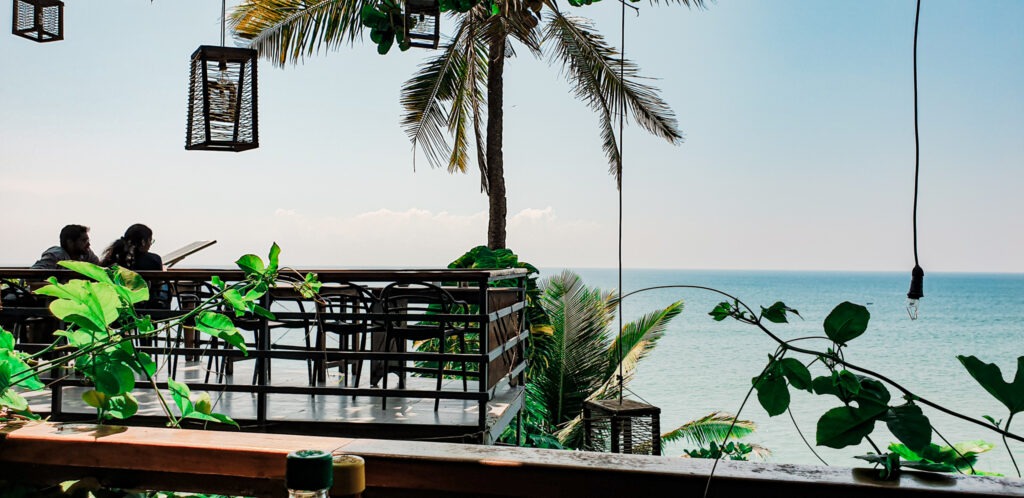
Flights
India is a vibrant, culturally rich country that offers a abundance of sights and attractions to travellers. Whether you’re exploring the hustle and bustle of a city or the serene beauty of the countryside, getting around can be a daunting task. Flights can be a convenient option for navigating the vast landscape, but they can also have significant environmental impacts. In this paragraph I give you tips on how to get around by flight in India while treading lightly on the environment.
Choose direct flights
Choosing direct flights over connecting ones can help reduce your carbon footprint. Take-off and landing are the most fuel-intensive parts of a flight, and shorter flights reduce the amount of fuel consumed. Moreover, direct flights save time and make your travel experience more comfortable.
Check the carbon footprint of airlines
The carbon footprint of different airlines can vary significantly, so do your research before booking. You can check the carbon emissions of airlines on websites such as Atmosfair or the International Council on Clean Transportation. Opt for airlines that have lower emissions and offset programs.
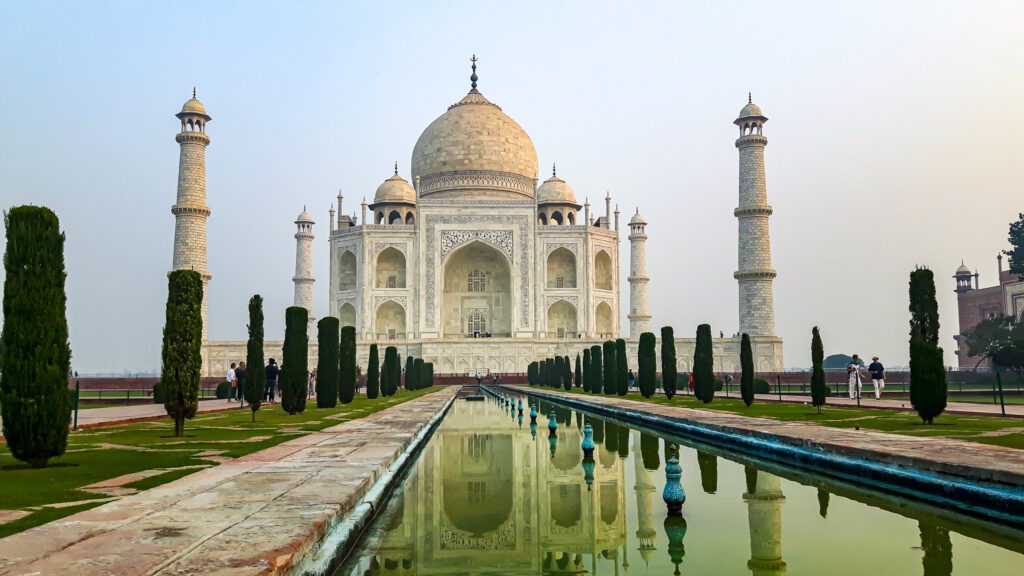
Fly economy class
Travelling in economy class has a lower carbon footprint than flying in business or first class. The more space per person that is occupied on a flight, the lower the emissions. Moreover, economy class tickets are more affordable, which helps cut down on your travel expenses.
Offset your carbon emissions
Many airlines now offer carbon offset programs that allow passengers to compensate for the CO2 emissions of their flight. Some airlines include this option in the ticket price, while others allow you to offset your emissions as an add-on. You can also use third-party websites such as Myclimate or Gold Standard to offset your emissions.
Combine flights with alternative modes of transport
While flights are a fast and convenient way to travel, they are not always the most environmentally friendly option. Consider combining flights with alternative modes of transport such as trains or buses. India has an extensive railway network, which is a cost-effective and eco-friendly way to travel across the country.
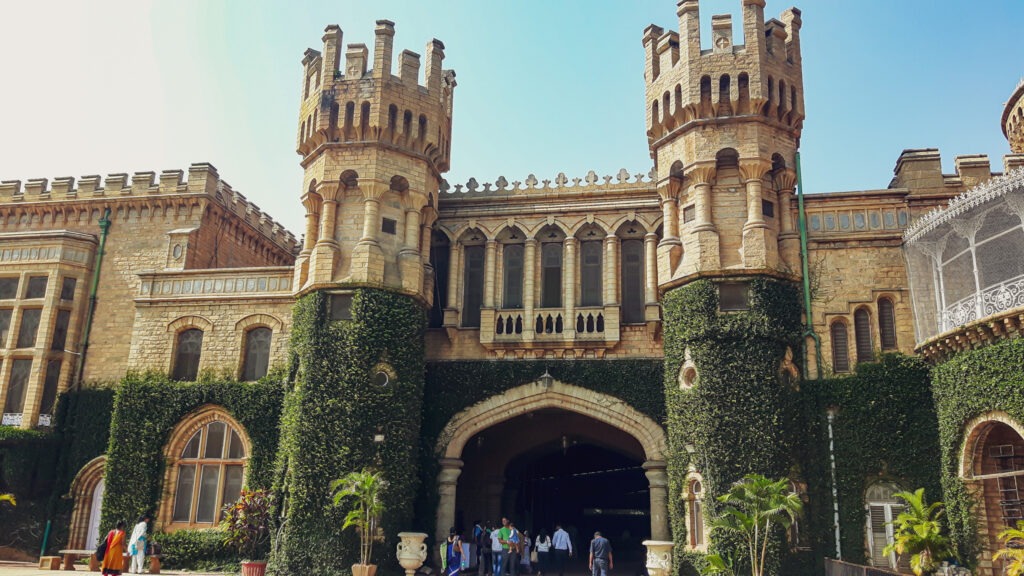
Monumental highlights to visit in India
Explore the rich tapestry of India with our comprehensive travel guide! Discover valuable tips, top destinations, and useful links to other India-related articles. Immerse yourself in Indian culture and Hinduism with our beginner’s guide, which covers customs, etiquette, and key Hindu gods.
Additionally, we delve into sustainable travel and offer practical tips for your journey. Seeking inspiration? Consider a visit to the enchanting City of Lakes, Udaipur, or indulge in a shopping spree in Jaipur. Marvel at the colonial architecture of Kochi or explore historical temples, palaces, and ruins in Hampi. Let India’s wonders captivate you!
